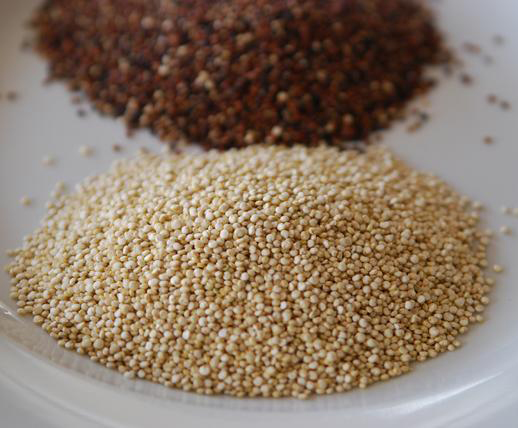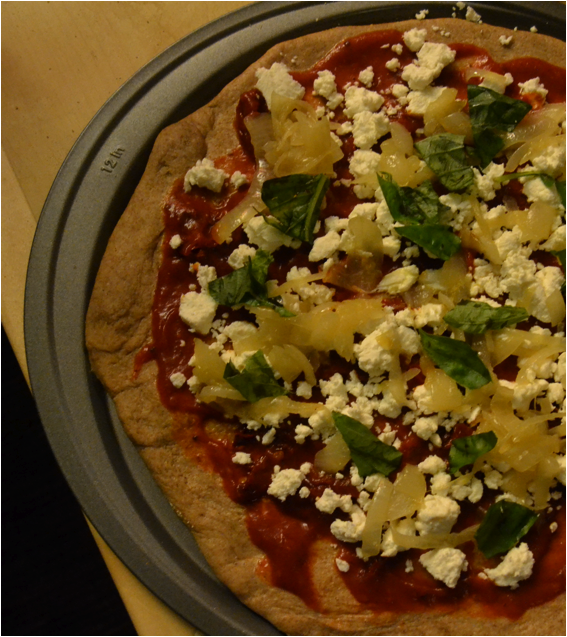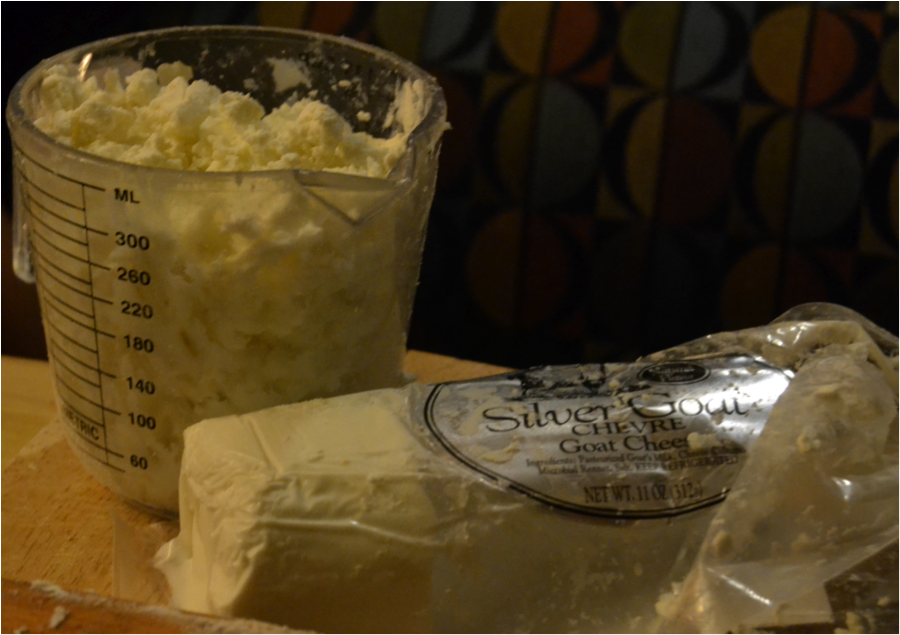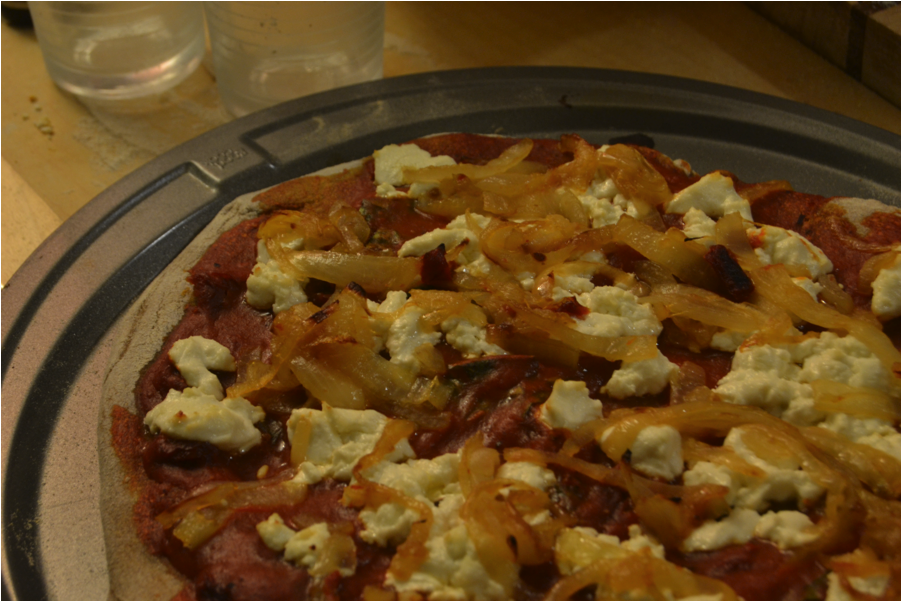Next time you visit your favorite burrito joint take a close look at the assembly line of ingredients. You’ll probably find the usual suspects of rice, beans, cheese, meat protein, salsa, guacamole and sour cream. The majority of restaurants offer the same underwhelming options, with a small number of exceptions.
 Now that you’ve realized the dullness of your former favorite burrito, Sargent Choice is hear to pump up the flavor, creativity and nutritional value of your new favorite burrito. Yes, this recipe is that good!
Now that you’ve realized the dullness of your former favorite burrito, Sargent Choice is hear to pump up the flavor, creativity and nutritional value of your new favorite burrito. Yes, this recipe is that good!
With chipotle, adobe sauce and cumin, you cannot help but be tempted to try this recipe. The Indian spices give it a warm explosion of flavor, and the cilantro, lime juice and fresh tomatoes make it fresh, light and summery!
Recipe Recap
First, we wrapped the whole-wheat tortillas in aluminum foil and warmed them in the oven at 250 degrees. Then we made fresh salsa by tossing quartered plum tomatoes with fresh lime juice, cilantro and salt. We didn’t have pepitas so we omitted step 3 in the recipe.
Next, we blended the chipotle, adobe sauce and cumin into the olive oil and added black beans and 2 tablespoons of water. The beans simmered for about 2 minutes; then we mashed about half the beans with a potato masher. Lastly, we stirred in cheddar cheese, cilantro and lime juice.
Finally, we spread the bean mixture on the warmed whole-wheat tortilla, topped it with baby spinach and tomatoes and wrapped the burrito.
Try dipping the burrito in a dollop of Greek yogurt to slightly cool down the adobe, chipotle and cumin!
Don’t know how to wrap a burrito? Find out here
Sargent Choice Smoky Black Bean & Cheddar Burrito with Baby Spinach
| ½ Burrito with Greek yogurt | |
| Calories | 260 |
| Fat | 8 g |
| Saturated Fat | 1.5 g |
| Protein | 13 g |
| Carbohydrates | 34g |
| Fiber | 7g |
Yields 4 burritos (8 servings)
Ingredients:
4 burrito-size (9 to 10-inch) whole wheat tortillas
2 cups grape tomatoes, quartered length-wise
2 tablespoons fresh lime juice, divided
¼ cup chopped fresh cilantro
½ teaspoon Kosher salt
2 tablespoons extra-virgin olive oil
¼ cup raw pepitas (pumpkin seeds)
⅛ teaspoon Kosher salt
1 teaspoon seeded and minced chipotle plus 1 teaspoon adobe sauce (from can of chipotles en adobe)
¾ teaspoon ground cumin
3 cups black beans, drained and rinsed (from 2 15.5-oz cans – will have extra)
½ cup grated low-fat Cheddar cheese
2 cups baby spinach
½ cup non-fat Greek yogurt (optional)
Guacamole (optional) * recipe follows
Directions:
1. Heat the oven to 250º. Wrap the tortillas in aluminum foil and warm in the oven.
2. In a small bowl toss the tomatoes with 1 T of the lime juice, 1 ½ T cilantro, and ½ teaspoon salt. Set aside.
3. Heat 1 T of the olive oil and the pepitas in a 12-inch skillet over medium heat. Cook, stirring frequently, until they are puffed and some are golden brown, 1 to 2 minutes. Using a slotted spoon, transfer the pepitas to a plate lined with a paper towel. Sprinkle with ⅛ teaspoon salt and toss.
4. Return the pan to medium heat. Add the remaining 1 T olive oil. Add the chipotle, adobe sauce, and cumin. Stir to blend into the oil, and then add the beans and 2 T water to the pan, stirring to blend. Simmer until warmed through, about 2 minutes. Reduce heat to low. Mash about half of the beans with a fork. Stir in the cheddar and the remaining 2 ½ T cilantro and 1 T lime juice. If the beans seem too thick, add a tablespoon or two of water to thin to a soft, spreadable consistency.
5. Working with 1 tortilla at a time, spread about 14 of the beans along the bottom third of a tortilla. Top with ¼ of the spinach, and sprinkle with ¼ of the tomatoes and pepitas. Optional: top with 2 T Greek yogurt and/or guacamole. Fold the bottom edge over the filling, fold in the sides, roll up the burrito, cut in half and serve. Enjoy!
Simple Guacamole:
1 ripe avocado, peeled and mashed
1-2 tsp lime juice
¼ tsp garlic powder
Salt and pepper to taste
Directions:
- Peel and mash the avocado in a small bowl.
- Add the lime juice and garlic powder.
- Season to taste with salt and pepper.



























